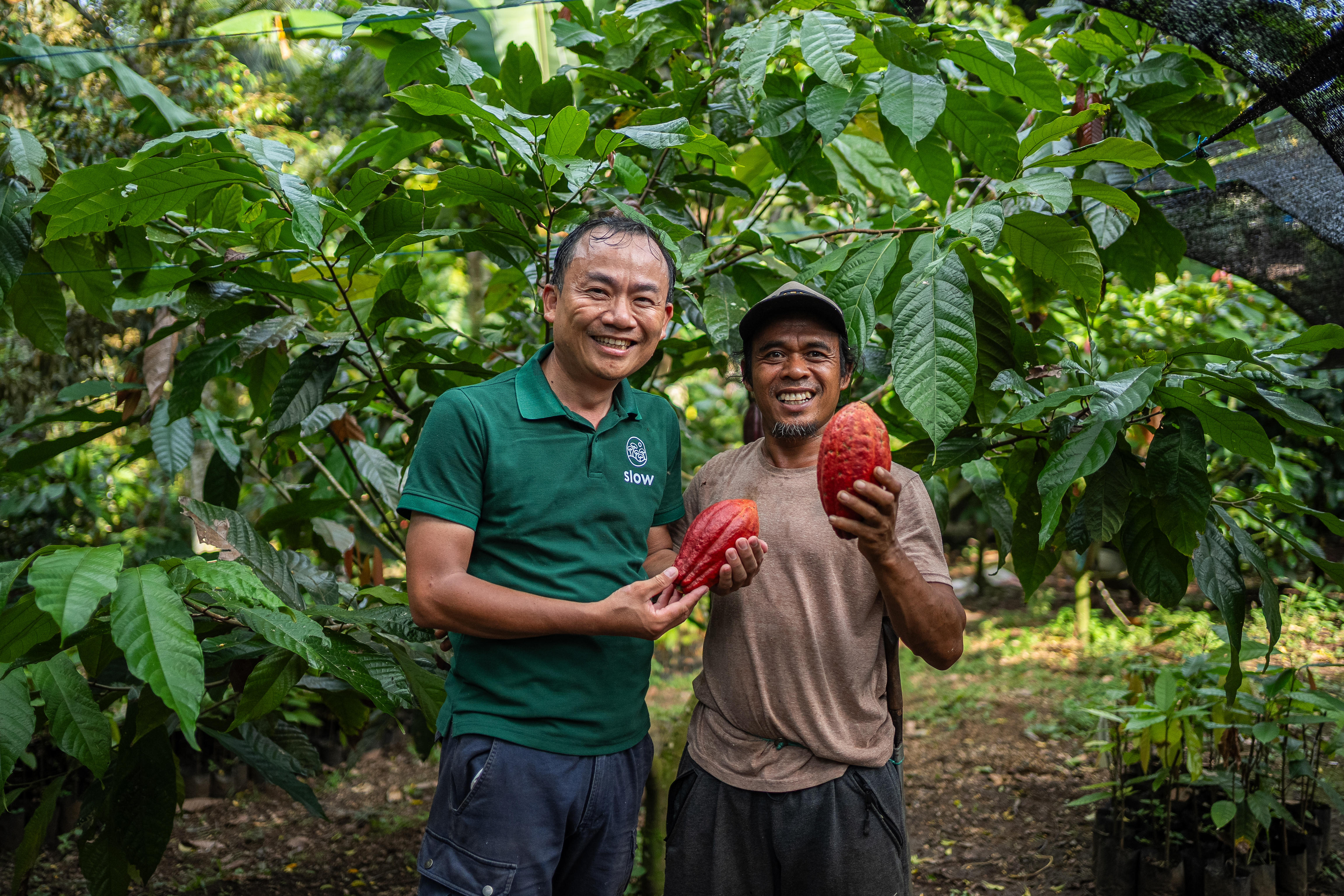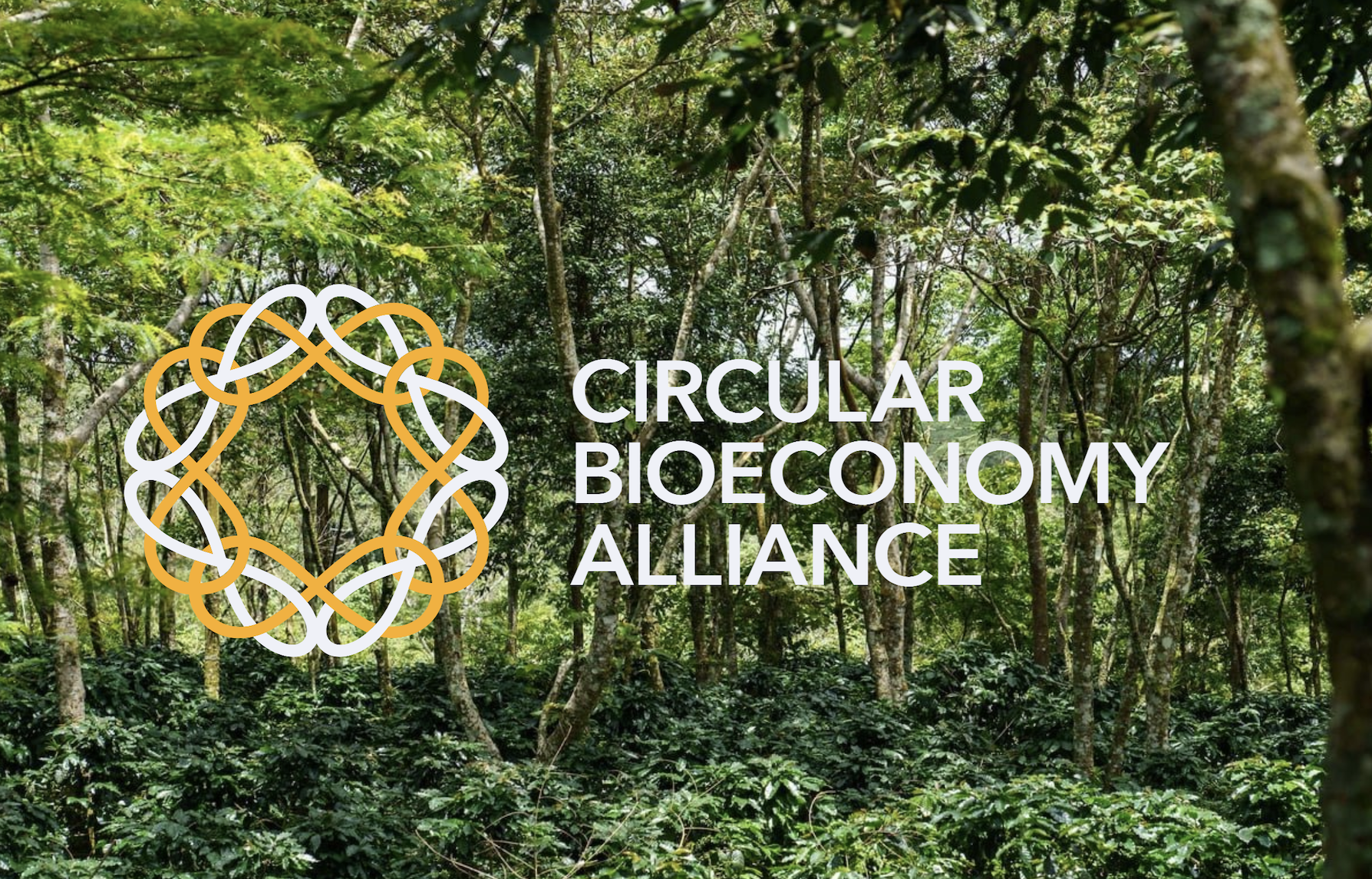Earth Day: Four ways to reduce your coffee and chocolate footprint
Earth Day reminds us that change doesn't have to wait for sweeping policy or perfect systems. Often, it starts with something as simple—and as...

That's one-third. These numbers point to a system under strain. The way we produce food today is depleting natural resources and accelerating climate change.
To meet the needs of a growing population while reducing environmental harm, we need a new approach. Regenerative agriculture offers a smarter, soil-friendly way forward—practices that restore the planet and support farmers.
Coffee, the world's most popular ritual, is particularly ripe for transformation.
Regenerative agriculture is about healing the land as we farm it. Think disturbing the soil less, planting cover crops to lock carbon into the ground and integrating trees back into farming systems. When done right, it restores soil health, conserves water and captures carbon.
The potential is vast. Scaling regenerative practices from 15% to 40% of global farmland could remove 600 million tonnes of CO2 every year. It would also improve soil quality and water retention, delivering transformative benefits to the planet.
Despite its clear benefits, regenerative agriculture is growing at just 0.6% a year.
The challenge lies in economics. Transitioning to sustainable practices often involves significant upfront costs and delayed returns—making it a difficult leap for smallholder farmers who are already stretched thin.
Scaling regenerative agriculture requires more than goodwill. Smallholder farmers need access to tools, incentives and resources that make the transition feasible and profitable.
As the World Economic Forum (WEF) points out, regenerative farming isn't scaling because it's not commercially viable for most farmers. The solution lies in creating systems where every player in the value chain shares responsibility.
This includes:
Coffee isn't just a beverage—it's a livelihood for millions of smallholder farmers. But conventional coffee farming has come at a steep environmental cost.
Between 2001 and 2015, nearly two million hectares of forest we replaced by coffee plantations—1.1 million hectares for robusta coffee and 0.8 million hectares for arabica coffee, says the World Resources Institute.
The environmental toll extends beyond deforestation, impacting biodiversity, water overuse and soil health. In regions like Laos and Vietnam, commercial coffee expansion is depleting agro-biodiversity and threatening farmers' long-term resilience.
Regenerative coffee farming moves away from sun-grown monocultures toward shade-grown systems that mimic natural forests:
Scaling regenerative coffee farming requires action on multiple fronts:
The solution to both the climate emergency and the coffee crisis lies in the soil—quite literally. Farmers are stewards of this vital resource and must be incentivized and rewarded accordingly. While farmers are driving the change, businesses like us have a key role in scaling up regenerative agriculture. By aligning incentives and increasing demand for regeneratively grown crops, we can send clear signals for the adoption of sustainable farming practices. However, individual efforts alone won't suffice.
We, as businesses, must collaborate across value chains and with farmers to support this transition. Only through collective action can we create a sustainable future for both coffee and the planet.

Earth Day reminds us that change doesn't have to wait for sweeping policy or perfect systems. Often, it starts with something as simple—and as...

Big news from Slow. African Coffee Roasters is now part of the Slow family. And this isn’t just an acquisition—it’s a major step forward in how...

A few years ago, coffee and chocolate were just products. But at Slow, we’re changing the story. We’re not just selling beans and cocoa, we’re...